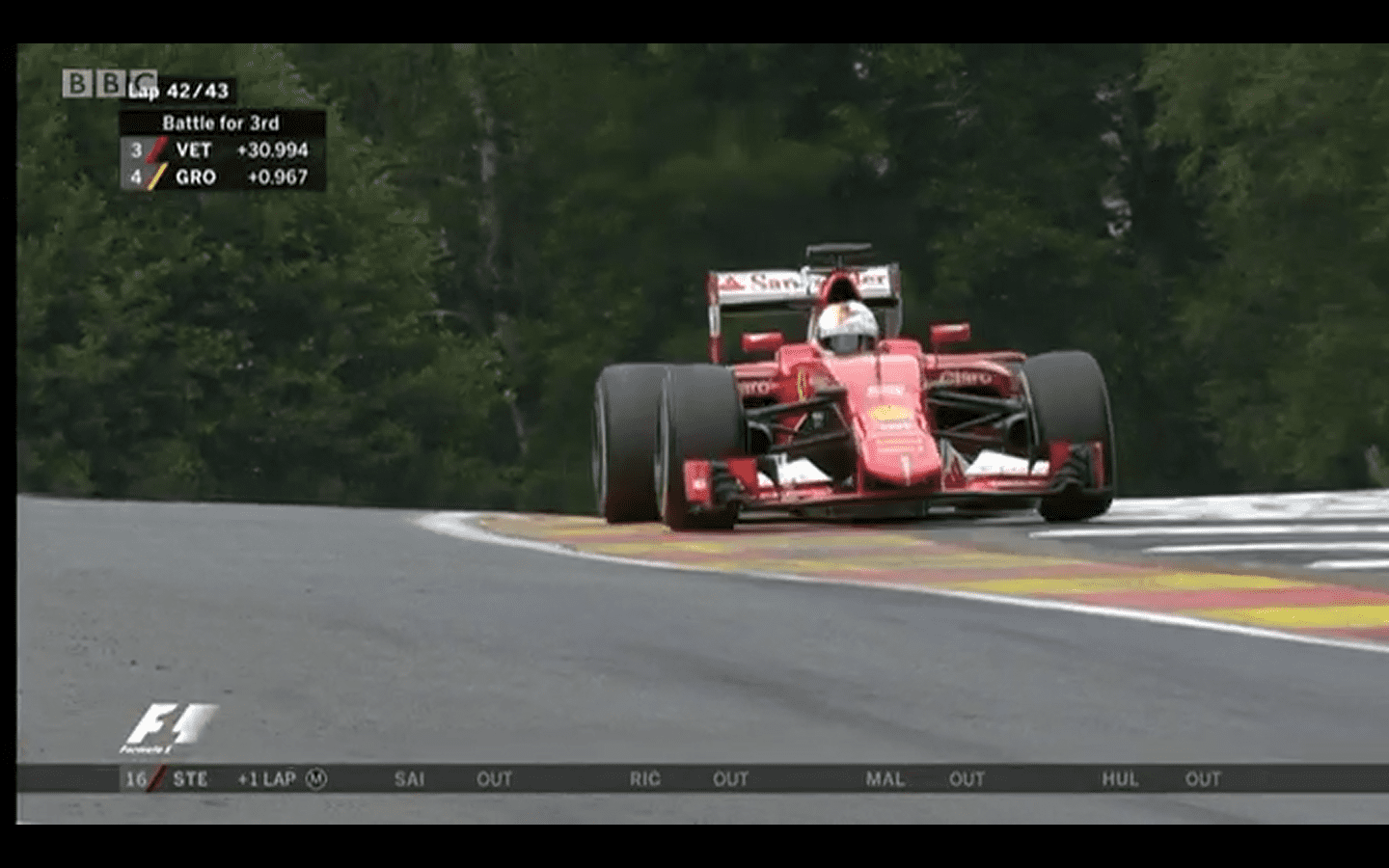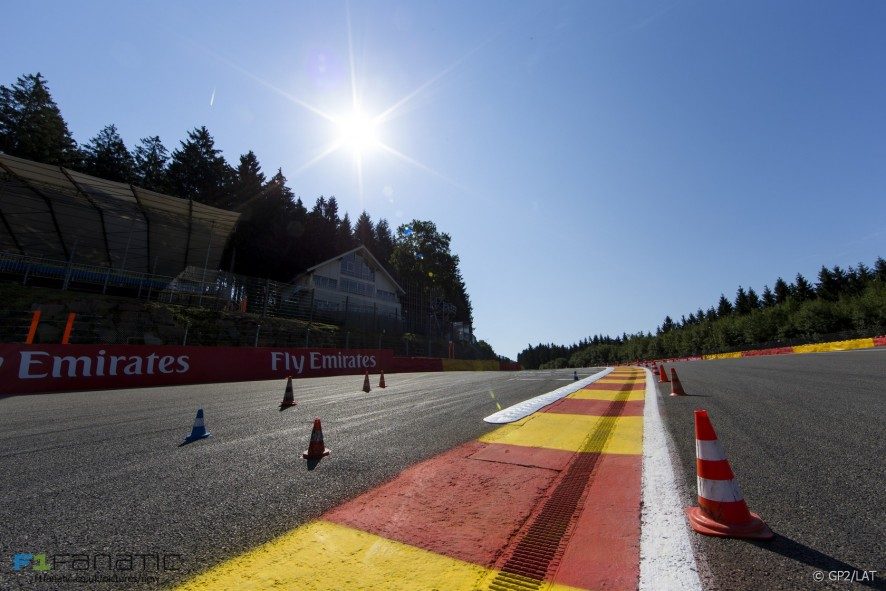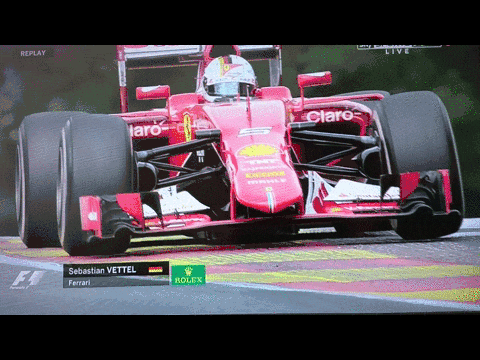- 7,397

- United States
The ability to last 40 laps but self destructing after 28 laps is a safety hazard that should/must be reversed. Durability MUST be the priority, not the wear rate. If Pirelli is incapable of building a tire that will last long to wear itself out they have no business building tires. Also the excuse the off track area is some unexplored waste land filled with unseen hazards is interesting when it was so well traveled it was practically a racing groupie.
Proof required.Vettel is a corner-cutter - always has been. He was cutting Radillon - one of the two fastest corners on the track - every lap (and claims he wasn't).









